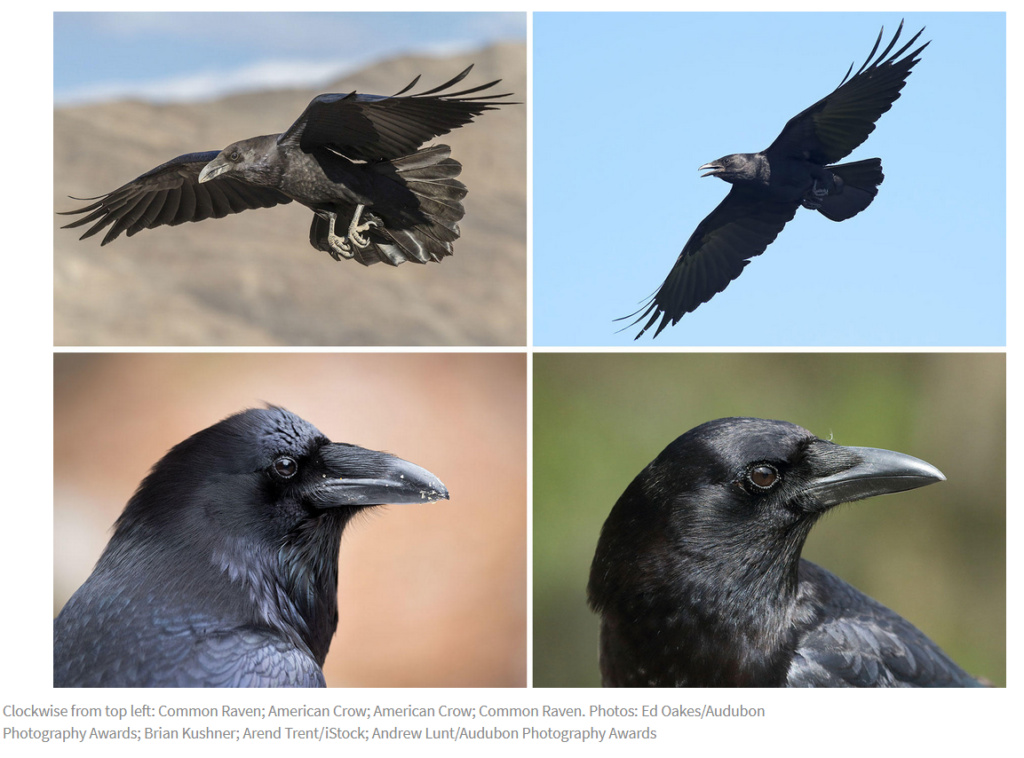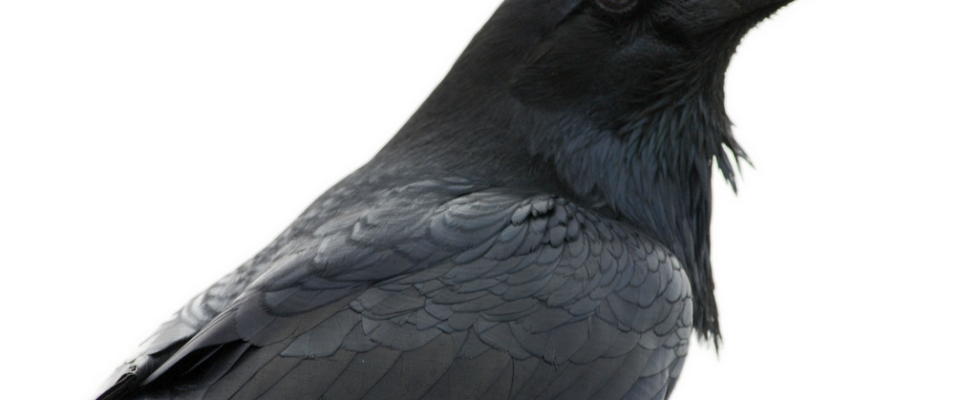Corvids Rule!
I’m just back from a trip to Colorado and Utah. It was fascinating to watch familiar-but-not-quite birds that have adapted to the mountains, grasslands, and canyons there: Mountain Chickadees at treeline, Juniper Titmouse in the forests below, Rock Wrens on rocky slopes.

Learn more about crows at their online webinar:
https://academy.allaboutbirds.org/product/anything-but-common-the-hidden-life-of-the-american-crow/
But no matter where we traveled, one thing became obvious: corvids (members of the nearly worldwide family Corvidae, including crows, ravens, magpies and their relatives) rule. Depending on the elevation and moisture, three separate jays—Woodhouse’s Scrub, Steller’s, and Pinyon—are colorful presences. American Crows and Black-billed Magpies find homes in downtown Denver. And whether soaring over city buildings or mountaintops, Common Ravens are the dominant species virtually everywhere.
Watching so many corvids made me realize something: I don’t pay enough attention to our own Common Ravens, American and Fish Crows, and Blue Jays. They are just as prominent as their western relatives, and just as fascinating in their interactions and behaviors. But what may be most impressive of all is their ability to adapt to humanity’s heavy hand in our densely populated landscape.
How adaptable are our local corvids? Despite constant change and development in the Northeast, the depredations of West Nile virus, and the ongoing assault of climate change, both American Crows and Blue Jays remain among the most familiar figures in our gardens and preserves. Even people who profess little interest in nature know these birds.

Learn how to tell them apart at this BirdNote article with sound links.
And Fish Crows and Common Ravens? They’re getting more familiar every year: Once rare in our area, both the crow and (more recently) the raven have spread to our region in the past few decades, and are now regular nesting species in Westchester. It’s a pleasure to hear, alongside the common crow’s familiar caw caw caw, the fish crow’s nasal cuh-cuh and raven’s deeper variations and expressive squawks and grunts.
Corvids may rarely be anyone’s favorite group of birds; they certainly haven’t been mine. But I think it’s worth celebrating these smart, canny, and adaptable survivors, birds that serve as important seed dispersers, carrion eaters, and symbols of humans’ ability—and need—to coexist with the natural world.
So the next time I’m scanning the winter sky for eagles or springtime foliage for warblers, I’m going to try to do just that. Joe Wallace



